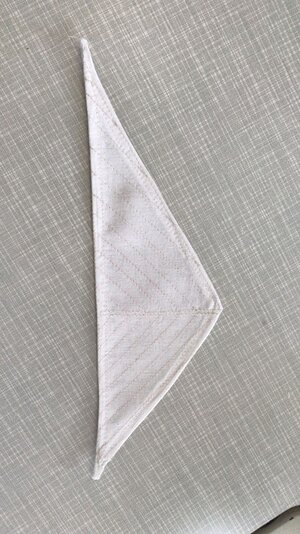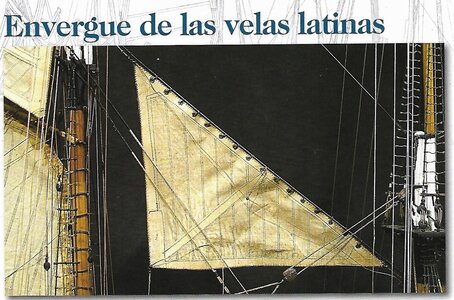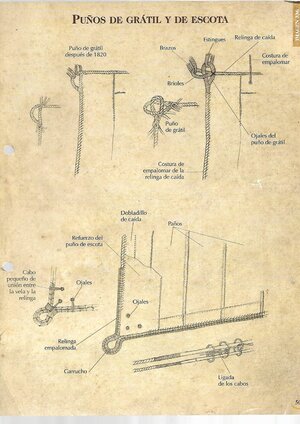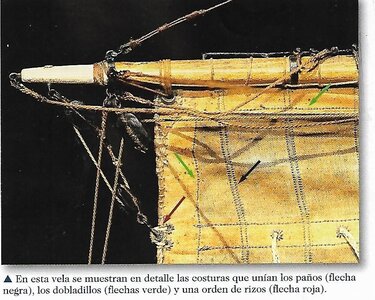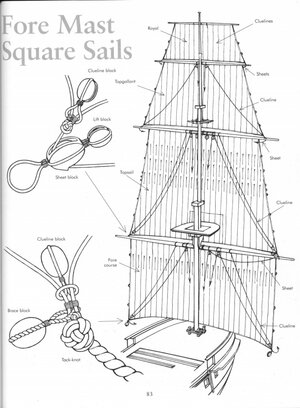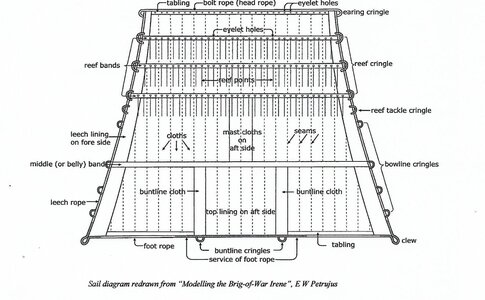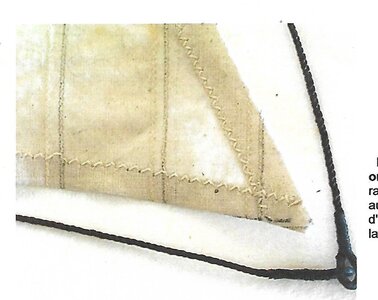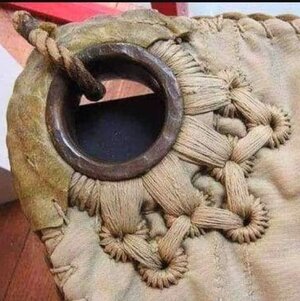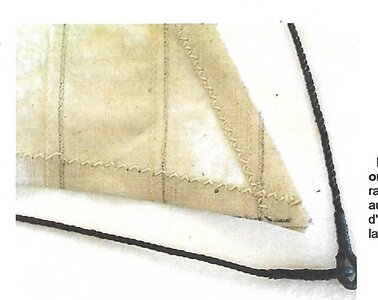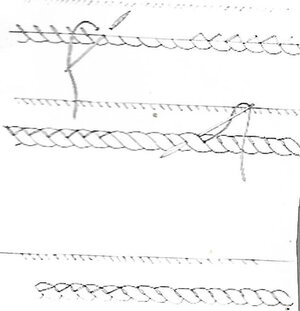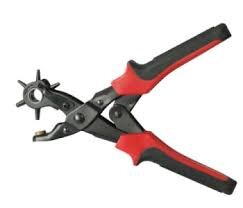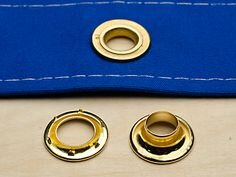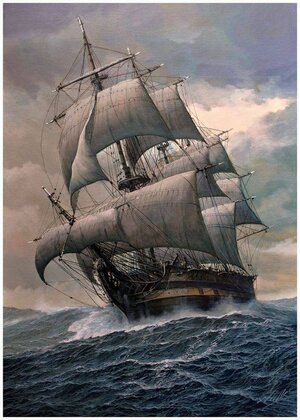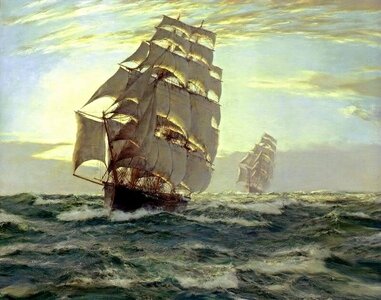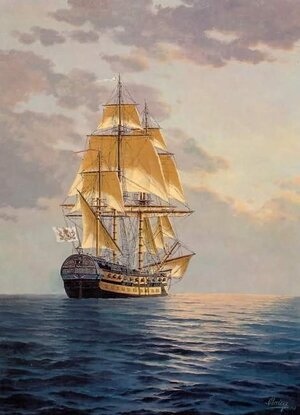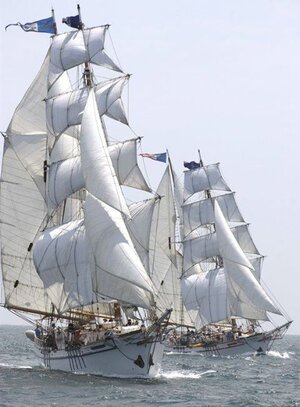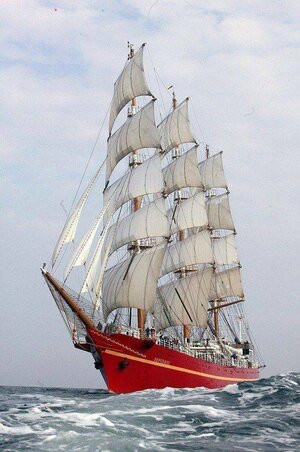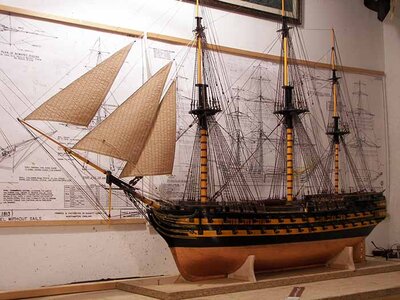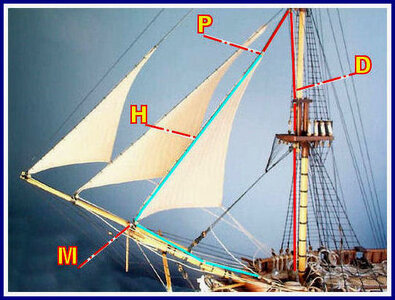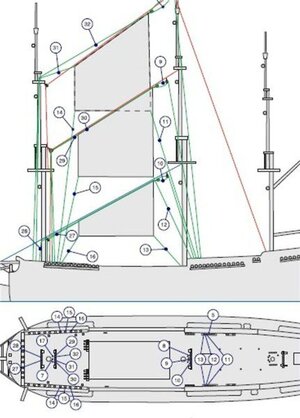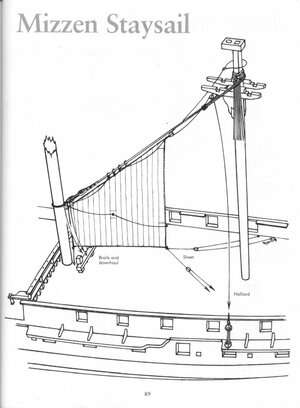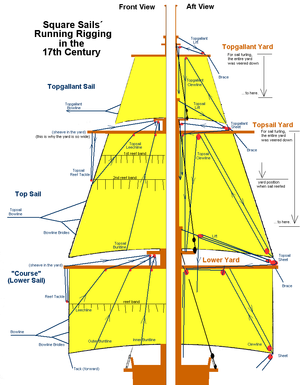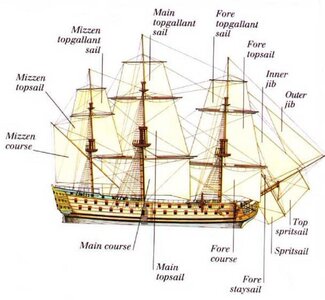I am not an expert, I only had a short training on the former Ukraine school ship Tovarish (now a museumship at Stralsund, Germany). As you mentioned, it takes a large crew to manage all the sails on a square rigger, that is a disadvantage of square riggers. But they are sturdy and that is a big advantage for sailing in rough waters. So square riggers conquered the oceans. Latin sailed ships require a smaller crew, are faster and can sail higher on the wind. But the sails are large in comparison and the gaffs are sleek. It is not easy to reduce sail area in strong winds. (If I remember right, Chinese junks had a genius way to reduce sail area direct on the sail, but they also were square rigged)
We sailed always with all squaresails set as winds were not so strong. ( But enough to get me seasick

). Also with foremast staysail, jib, jager and of course spanker (for turning). When the wind is coming straight from behind, the efficiency of the "shaded" sails is minimal, but normally the wind comes not straight from behind. Maybe the minimal efficiency and the drag is neglectable in comparison to the amount of work to reduce the sails and setting them again.
As winds change, yards are turned accordingly, so all sails are filled. The more the wind comes from the side, the more the yards are turned away from the right angle to the ship's centerline.
Turning the big and heavy yards to get them in a proper position when cruising is hard work and has to be executed in an exact procedure.
If winds became stronger, sail area is reduced from top down, royals and topgallants first. Also a very exhausting job, especially if it is cold and wet, hanging on the foot ropes, with your belly on the yard and pulling up the heavy sails. We had safety belts, the ancient sailors didn´t and for compensation always had a good quantum of alcohol in their blood.
Maybe a more sailing experienced member has deeper information.
Christian





 .
.
